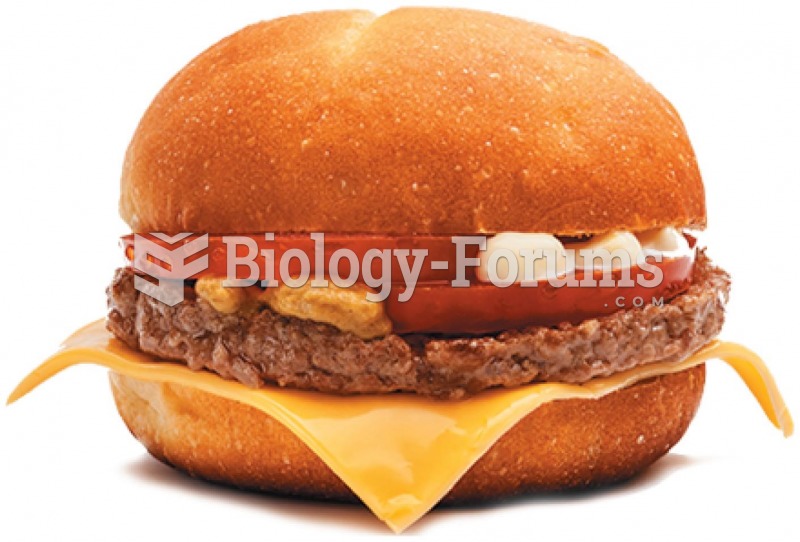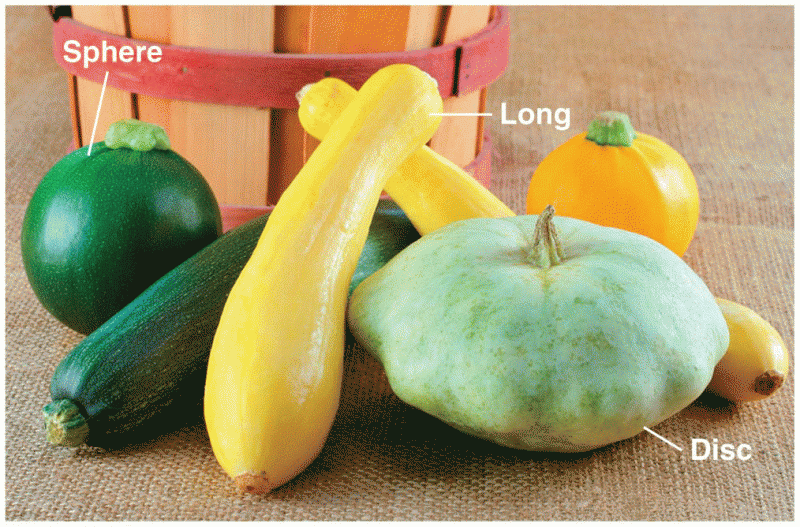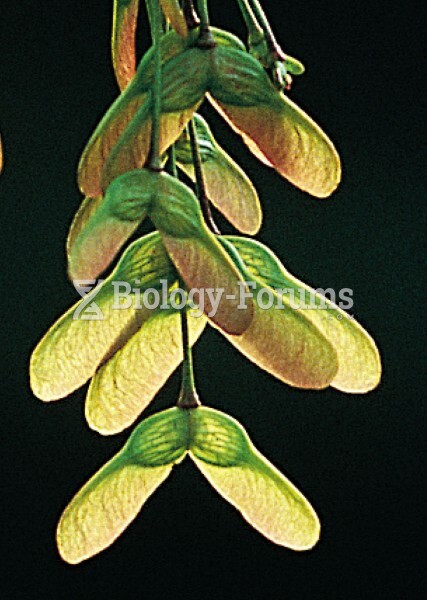|
|
|
Did you know?
Anesthesia awareness is a potentially disturbing adverse effect wherein patients who have been paralyzed with muscle relaxants may awaken. They may be aware of their surroundings but unable to communicate or move. Neurologic monitoring equipment that helps to more closely check the patient's anesthesia stages is now available to avoid the occurrence of anesthesia awareness.
Did you know?
More than 34,000 trademarked medication names and more than 10,000 generic medication names are in use in the United States.
Did you know?
The FDA recognizes 118 routes of administration.
Did you know?
The familiar sounds of your heart are made by the heart's valves as they open and close.
Did you know?
There are over 65,000 known species of protozoa. About 10,000 species are parasitic.







